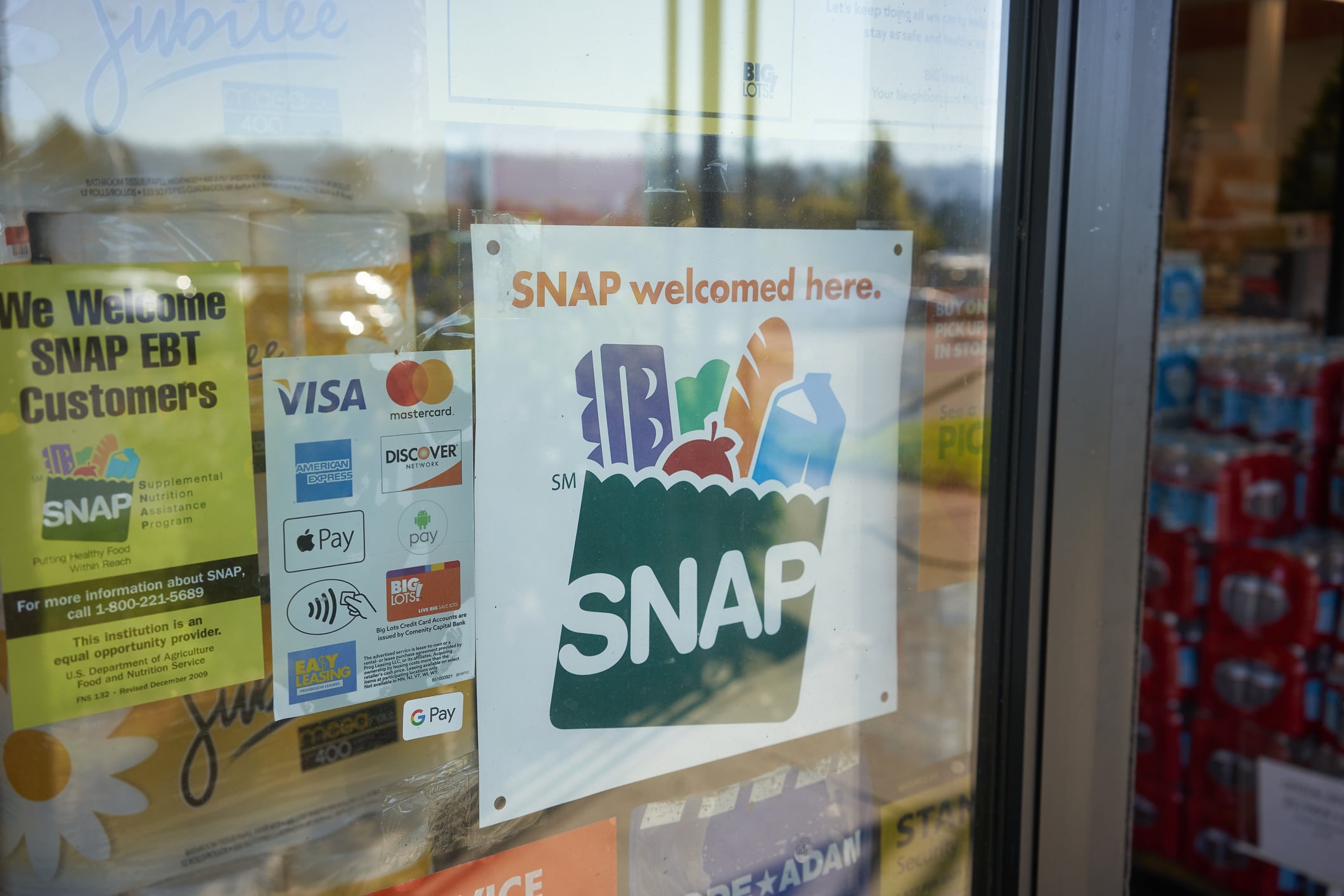
EU bioeconomy strategy: What it means for food
The wide ranging strategy touches on both packaging and novel foods
News & Analysis on Food & Beverage Development & Technology

The wide ranging strategy touches on both packaging and novel foods

Precision fermentation and ingredient diversification could provide answers for struggling food companies

A French court has rejected a case against Perrier’s owner Nestlé, who will now reclaim legal fees

Opinion
The Lancet’s new UPF Series doesn’t politely enter the UPF debate – it kicks the door open and bakery and snacks are suddenly standing in the blast zone

Consumer Brands Association urges further tariff rollbacks on products like palm oil and tin mill steel

The botulism-linked recall of ByHeart powdered infant formula is sparking urgent debate over whether US food safety systems can respond quickly enough

As the court considers Trump’s emergency tariff powers, small businesses warn that the policies are pushing them to the brink

Executive order places non-English speaking commercial drivers out of service

MAGA mutiny in the US Senate aims to block tariffs on Brazil in effort to lower food costs

With federal resources stretched thin, private and retail sector efforts grow critical to sustaining access and demand across SNAP shoppers

With Congress gridlocked over SNAP funding, the food industry – from Instacart to grocery chains – is stepping in to keep families fed and stabilize supply chains

Grocery delivery service Instacart’s renewed policy agenda isn’t just a roadmap for public health – it’s a signal to CPG brands that the future of grocery is increasingly digital, nutrition-driven and integrated with healthcare

As the shutdown nears its fourth week, the SNAP and WIC funding crisis is rippling through retail supply chains, jeopardizing access to food and CPG category stability

News Bites
FDA accelerates precision fermentation, General Mills refocuses on overlooked consumers and innovators redefine the role of sugar

Reduced funding for nutrition and obesity prevention programs and unintentional consequences of policymakers defining UPFs based just on the NOVA system could erase hard-won health gains and hinder food security

Consumer concern about UPFs has surged, but understanding still lags far behind, according to new research from the Non-GMO Project

The payment system restructure could cost the industry $1.6 billion

News Bites
Lay’s gets a new look, nutrition science is getting a reality check and precision fermented ingredients are getting FDA’s nod

Report calls for ban on ingredient found in thousands of common food and beverage products

Sweeteners in focus
Research by Ingredion suggests a paradigm shift toward plant-based and blended sweeteners over sugar, but consumer confusion about what is ‘natural’ and safe could hinder innovation and sugar reduction efforts

New book explores what the science really says about metabolism myths, UPFs and misinformation

Gov. Gavin Newsom signed a landmark bill yesterday requiring the state to define UPF and eliminate the ‘most harmful’ ones from school meals over the next 10 years – a decisive action in sharp contrast to national efforts and political MAHA rhetoric

Coffee stakeholders say the No Coffee Tax Act could ease rising costs, stabilize supply chains and protect consumers from price spikes

FDA acknowledges brazzein-54, advancing Oobli’s nature-identical sweet protein toolkit to reduce sugar

From consumer habits to technological innovation, industry and advocacy leaders shared actionable solutions to turn awareness into measurable reductions in food waste

Opinion
ESG’s under political fire in Washington, but the snack giants keep flexing. From Oreos to Doritos, their reports show that in today’s food industry, trust’s as valuable as profit.

News Bites
For food and beverage companies, staying ahead of these shifts will be critical as the rules of the game continue to evolve

While USDA says the update would double food choices and close loopholes, advocates warn it won’t meaningfully expand healthy options and could strain small, independent retailers

Onego Bio says its animal-free, precision-fermented Bioalbumen is functionally identical to the protein found in chicken egg whites, and is gearing up for large-scale production following FDA’s ‘no questions’ GRAS letter

Do manufacturers really need to navigate out of the ‘dirty’ UPF world? Perhaps not, as exclusive research shows consumers’ perception of UPF is very different to their reality

Industry executives at the Organic Trade Association’s annual meeting last week warn tariffs will lift prices but may also spark much-needed investments in local processing and supply chain capacity

Soup-To-Nuts Podcast
Organic Trade Association members championed policies that would expand domestic production, protect against fraud and strengthen the workforce powering the organic industry

Streamlined H-2A renewals promise to ease labor bottlenecks, though agriculture leaders say broader workforce reforms remain critical

Comment period extended for federal definition of ultra-processed foods

CPG brands could face greater regulatory oversight, higher expectations for transparency and new risks if ingredient safety communication falls short

Early preparation, thorough documentation and proactive governance remain the best defense in a landscape where litigation and regulation related to ultra-processed food are still evolving

The legislation received bipartisan support to ban ultra-processed foods in California public schools and is on its way to Gov. Gavin Newsom, while industry stakeholders express mixed support on economy, school infrastructure and nutrition

Surge in legislative proposals ‘comes in the background of misinformation’, according to one expert

Can FDA move at ‘Stork Speed?’ Industry voices support – and doubt

RFK unveils sweeping plan targeting ultra-processed foods and pesticides, while critics call the proposal toothless

While the link between diet and health outcomes is indisputable, the question of how nutrition knowledge should be integrated into medical training remains contested

The U.S. Food and Drug Administration’s proposals to amend the Generally Recognized as Safe (GRAS) regulation are expected in October.

US continues negotiations with trade partners while awaiting Supreme Court to overturn blocked tariffs

As companies brace for stricter guidelines under the Make America Healthy Again (MAHA) campaign, AI is emerging as an essential ally in reformulation, risk management and consumer trust

The sustainability program provides a pathway for ecologically unfriendly orchards to come into compliance

The Lone Star State is the seventh in the nation to ban cultured meat

Sustainable September
Innovations in compostable packaging are moving towards a commercial reality, and CPG brands that engage early with PHA solutions will be better positioned to meet sustainability and compliance demands

This week’s top stories explore beef tallow’s viral rise, new fall flavor trends and how SNAP policy changes are reshaping value-driven innovation

Be ready: What every CPG brand and retailer should know about immigration audits, raids and compliance

News Bites
From Washington’s deregulatory MAHA draft to consumers reshaping shopping habits and California move to curb ultra-processed foods in schools, this week brought pivotal shifts for food and beverage stakeholders